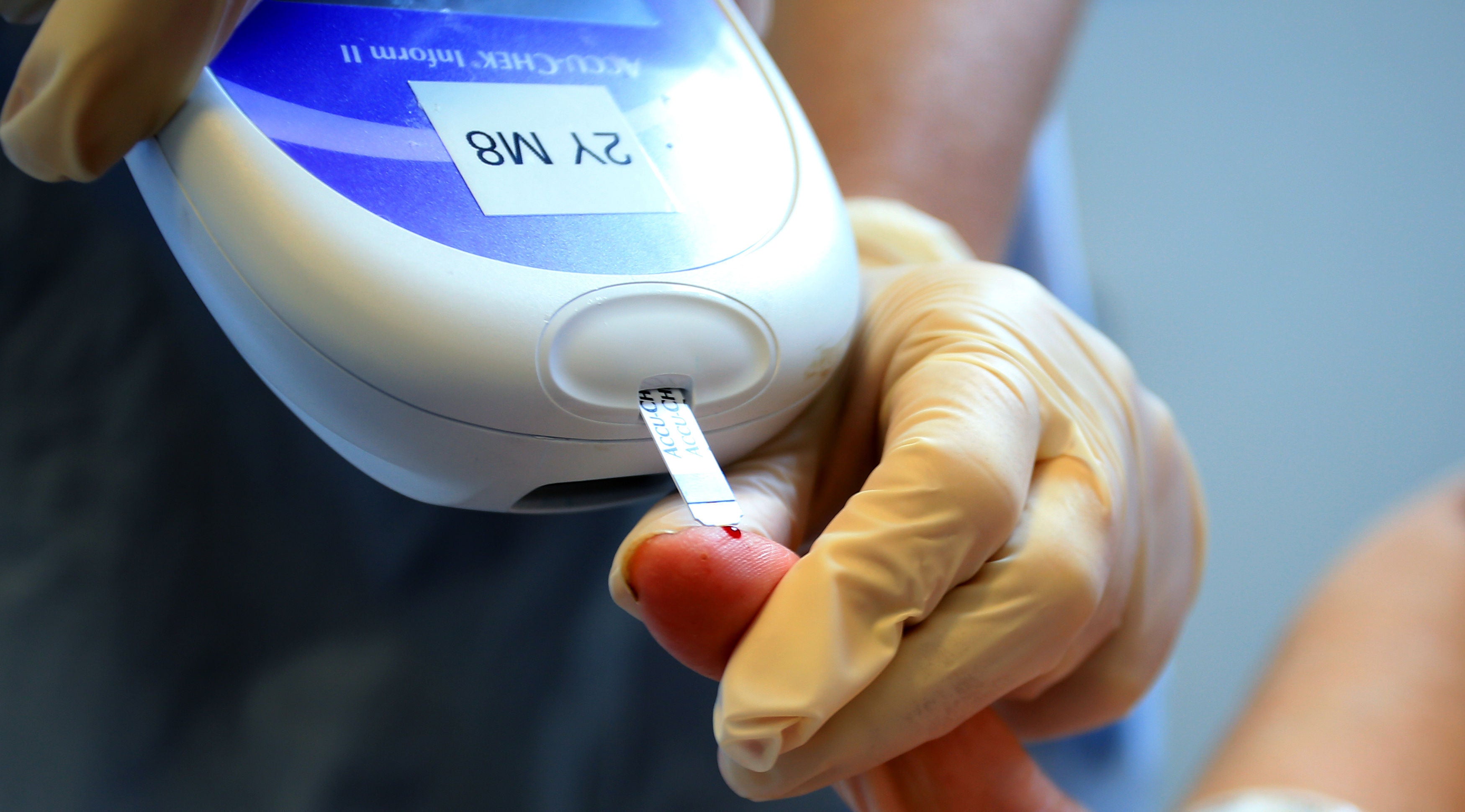Researchers detect ‘substantial’ pandemic rise in type 1 diabetes amongst children
Type 1 diabetes occurs when the body cannot produce a hormone called insulin
Your support helps us to tell the story
From reproductive rights to climate change to Big Tech, The Independent is on the ground when the story is developing. Whether it's investigating the financials of Elon Musk's pro-Trump PAC or producing our latest documentary, 'The A Word', which shines a light on the American women fighting for reproductive rights, we know how important it is to parse out the facts from the messaging.
At such a critical moment in US history, we need reporters on the ground. Your donation allows us to keep sending journalists to speak to both sides of the story.
The Independent is trusted by Americans across the entire political spectrum. And unlike many other quality news outlets, we choose not to lock Americans out of our reporting and analysis with paywalls. We believe quality journalism should be available to everyone, paid for by those who can afford it.
Your support makes all the difference.Researchers have found that the number of children and teenagers living with type 1 diabetes increased substantially during the pandemic.
Conducting 17 studies on 38,149 children and teenagers newly diagnosed with type 1 diabetes, the research finds that the incidence rate was 1.14 times in the first year after the pandemic and 1.27 times in the second.

Type 1 diabetes, also known as juvenile diabetes or insulin-dependent diabetes, occurs when the body cannot produce a hormone called insulin, which controls blood glucose. It is an autoimmune disease unrelated to diet or lifestyle.
Those living with the condition must inject themselves with insulin either manually, using an insulin pen, or with a pump which continuously drip feeds insulin. There is currently no cure.
Pre-pandemic, there was an annual increase of three to four percent amongst young people in European countries. This rocketed during 2020 to a diagnostic rate of 32.39 per 100,000 children, with the same period in 2019 reflecting 19.73 per 100,000.
The reason behind the increase is not yet clear, with the study, published in JAMA Network Open, concluding that more research is needed to understand the nuances behind the rise.
However, the rise could be attributed towards delays in diagnoses as a result of hospital backlogs, rather than an “overall higher” rate.
Understanding the reasonings behind the trend is fundamental in healthcare planning, with the study writing that this wields “important implications for health resource planning for pediatric diabetes care, COVID-19–related and future pandemic-related public health measures, and immunization strategies.”
The four most common symptoms of type 1 diabetes – known as the 4Ts - include going to the toilet more often, particularly at night, being thirsty, tired and thinner.
According to type 1 diabetes charity JDRF UK, approximately 400,000 people are currently living with type 1 diabetes in the UK, including around 29,000 children.






Join our commenting forum
Join thought-provoking conversations, follow other Independent readers and see their replies
Comments